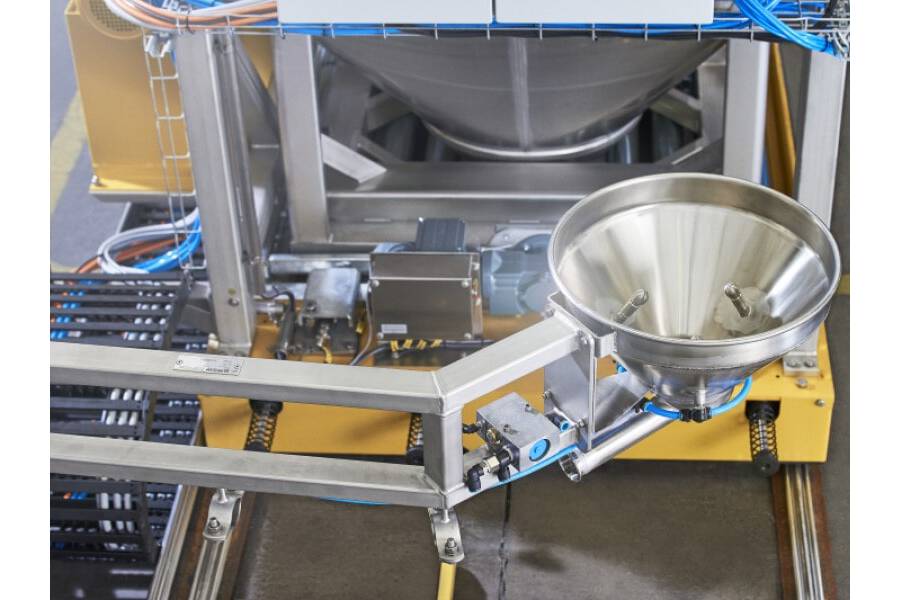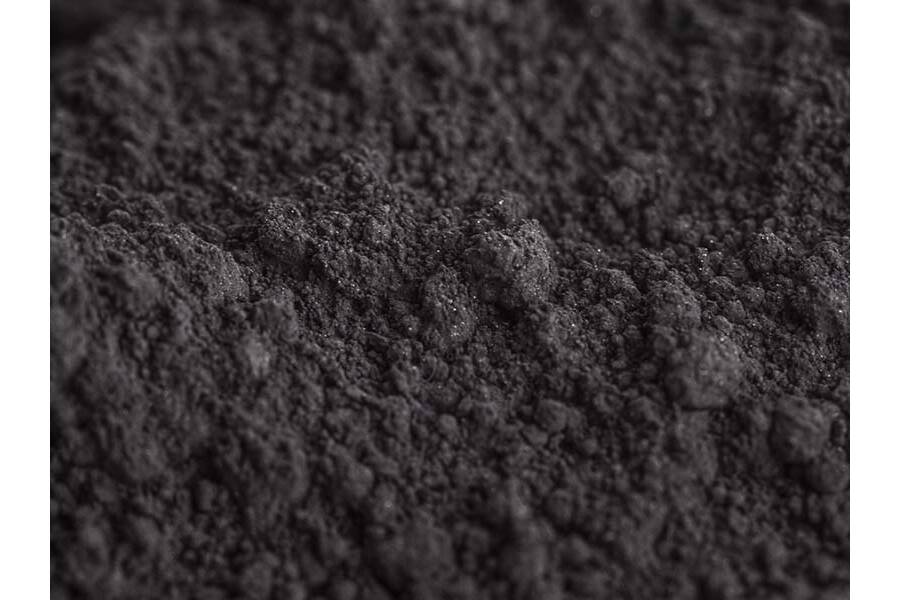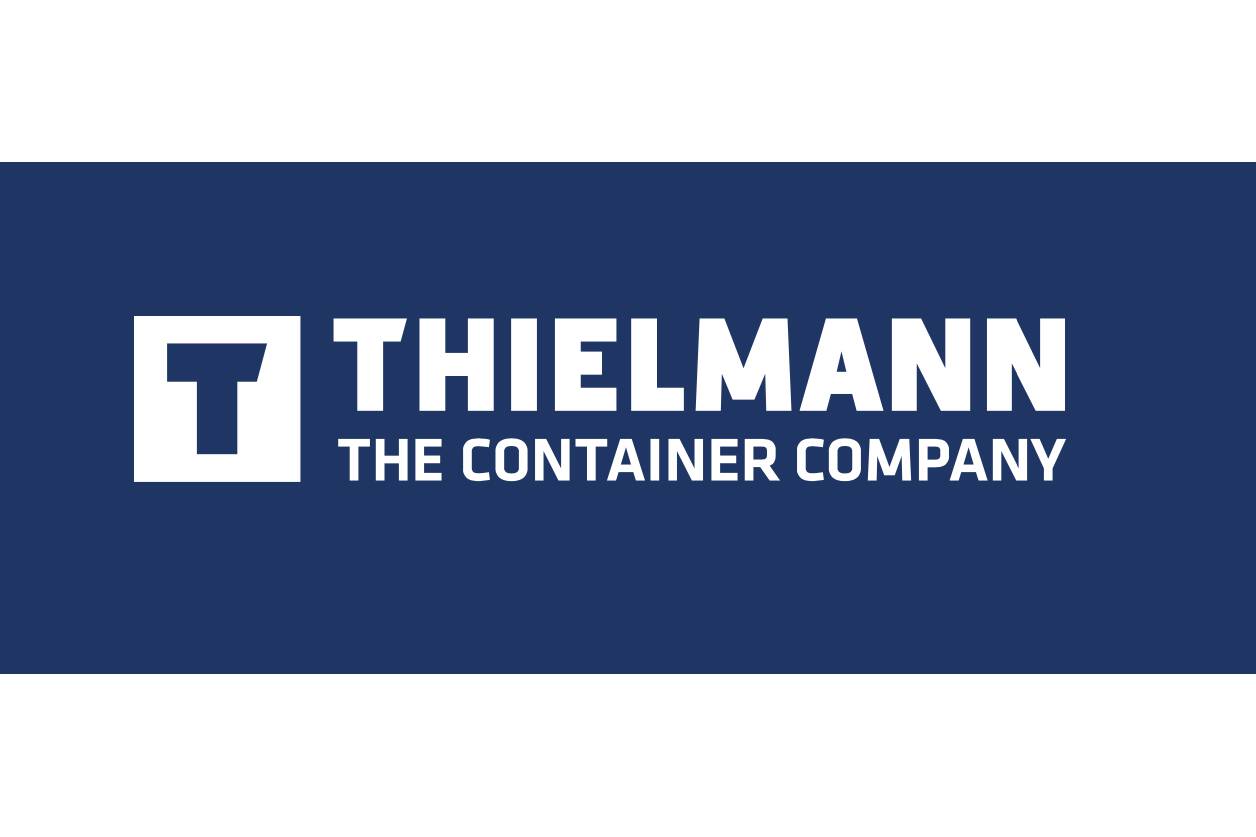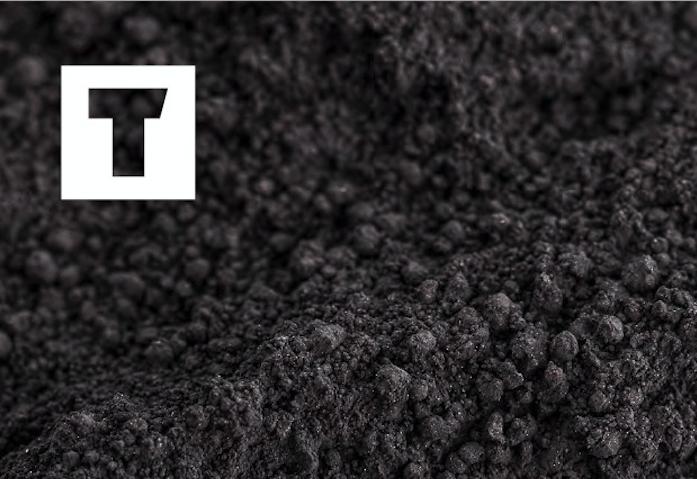By volume, the electric vehicle market is expected to grow to 233.9 million units by 2027. The subsequent demand for ion lithium batteries means that various players in the supply chain need solutions to produce, handle, and recycle these volatile components.
THIELMANN provides the quality, durability, and safety this booming industry demands. Our high-grade stainless steel equipment is engineered to exacting standards, ensuring full compliance with the relevant certifications and regulations. With THIELMANN, you can be confident your product remains unaltered, intact, and uncontaminated.
This safety and compliance guarantee is achieved via a rigorous testing regime. THIELMANN units are meticulously designed and engineered, then subject to various disaster simulations to ensure their resilience. This isn’t only to comply with regulations; it’s to ensure your team, the public, and the planet are kept safe.
And, because sustainability is central to the electric car industry, stainless steel offers a solution that is 100% recyclable. With access to a global engineering team, there’s no scenario too delicate or requirement too complex.
Battery life cycle
THIELMANN can provide solutions for the whole battery life cycle:
- Store and transport of raw materials
- Production of batteries
- Storage and transport of damaged batteries
- Recycling batteries at the end of the battery’s life
On the pulse of the regulatory environment
The ion lithium battery industry is growing rapidly. As a result, the regulatory environment is fast-moving – especially as the production, transport, storage, and decommissioning of ion lithium batteries is extremely hazardous. THIELMANN designs are compliant with all current regulations and our engineers are constantly monitoring the evolving requirements.
Our units can comply with
- UN Regulation for the transport of dangerous goods approval
- DOT US Vibration tests
- ASME ”U” Certified Pressure Vessel manufacturer in accordance with ASME Code Section VIII Division I (ASME U Certificate Holder)
- ADR, including Packing Instruction P 908 of subsection 4.1.4.1 or Packing Instruction LP 904 of subsection 4.1.4.3 for damaged batteries
- USA Electronic Code of Federal Regulations, including latest updates (title 49)
- Engineered to keep within specified OELs
- Non-ferrous metal-free
Advantages of AISI 304 / AISI 316 stainless steel
- Excellent isolation from external particles, pollution, and oxidation
- Protection against temperature changes
- A barrier against ultraviolet (UV) light
- Exceptional durability and safety
- A completely inert environment
A solution for every need
THIELMANN has a wide range of container volumes and characteristics:
- Small Industrial containers (drums) for hazardous substances
- IBCs for bulk solid materials
- Powder Handling Systems
- Battery Safe Boxes
All options are expertly engineered to exceed quality standards to preserve the integrity of hazardous materials and ensure the safety of personnel. Further optional features include precision dosing mechanisms, hermetic closures, and more.
Discover our wide range of solutions to find the one that best suits your application. Or alternatively, contact our sales team to discuss a bespoke design.
Applications
- Electrolytes
- Raw metal powers
- Damaged or dangerous batteries
- Calalysts
These are indicative applications you might use our containers for. The raw materials you work with will always be submitted for technical evaluation by our experts first. They will subsequently review and recommend the best containment solution to meet your needs based on residence time, temperature and concentration of your materials.



